With the impending shutdown of the Verso Paper Co. mill in Bucksport, the Maine pulp and paper industry will have lost three of its mills in a single year. And the industry’s problems are far from over.
Analysts expect a continued decline in the demand for paper – especially the kind made in Maine, used in publishing – over the next 10 to 20 years before it levels off.
To make matters worse, the energy-intensive industry’s shift to natural gas will continue to plague paper producers in Maine, where gas is less plentiful and more expensive than elsewhere.
Other factors likely to contribute to the industry’s continued decline in Maine include the consolidation of producers and cheaper prices offered by a government-subsidized mill in Nova Scotia, they said.
And so the clock is ticking.
Since 2000, the number of paper mill jobs in Maine has fallen from about 12,850 to 6,900, according to Maine Department of Labor statistics. The industry reached its peak in 1967, when more than 18,000 people were employed in Maine paper mills. By 2020, the number of mill workers is expected to be down to 5,200, according to the Labor Department.
Two pulp and paper mills already have shut down this year: Old Town Fuel & Fiber in Old Town and Great Northern Paper in East Millinocket.
On Dec. 1, Verso Paper’s Bucksport mill will join them, and more than 500 workers will lose their jobs. When that happens, only eight traditional pulp and paper mills will remain.
To maintain their viability, some mills are branching out into new markets such as biofuels, energy and specialty products. Thus far, the results in Maine have been mixed.
Old Town Fuel & Fiber was partnering with the University of Maine to refine molecular components of wood into biofuel when it closed. The parent company of Great Northern Paper has been unable to launch a biocoal plant using wood waste in Millinocket.
But in Westbrook, the Sappi paper mill has successfully created release paper, a specialized form of paper that takes on unusual textures and is widely used in the fashion and accessories industry. The company has set a goal of 20 percent of its future revenues to come from such innovative products.
A SHRINKING MARKET
While the future for wood-based products seems cloudy, the trend for paper used in publishing has been clear.
Demand for paper has decreased by 15 percent since 1999, the industry’s peak year, according to industry analyst Jesse Marzouk. Newsprint and coated paper for catalogs and magazines – the type of paper produced in the Bucksport mill and others in Maine – have suffered a 30 percent to 50 percent drop in demand during that period, he said.
“Over the last 15 years, we’ve seen demand decline annually on average from 3 (percent) up to 7 percent when you’re looking at things like newsprint,” said Marzouk, director of operations at Northbrook, Illinois-based Hilco Global, a financial services company.
The Great Recession led to a double-digit drop in demand for certain products, he said, a setback from which the industry has not recovered.
While the paper industry’s demand problem applies to producers worldwide, mills in Maine face other challenges not shared by all of their competitors.
One is the high cost of natural gas.
Anyone who opens the door to a working paper mill is invariably greeted by a blast of heat. The paper-making process relies heavily on heat, which consumes a tremendous amount of energy.
Huge, pressurized vessels called digesters cook a slushy mix of wood chips, water and chemicals that dissolve the natural glue holding the wood’s cellulose fibers together, creating pulp.
The watery pulp is then sprayed onto a mesh conveyor belt that carries it though a heat-intensive process of drying and pressing.
Paper mills in Maine pay significantly more for energy than those in the southern United States, where natural gas is more plentiful and therefore cheaper.
Mills in Maine pay up to 60 percent more for natural gas than those in Texas, according to an April presentation given by Verso’s energy manager, Glenn Poole.
That competitive disadvantage is a serious problem, Marzouk said.
“It’s certainly not a surprise to see a number of mills go down in Maine,” he said.
Another Maine-specific problem is the presence of a heavily subsidized competitor in Nova Scotia.
In 2012, Ohio-based paper producer NewPage, which operates a mill in Rumford, sold another of its mills in Port Hawkesburg, Nova Scotia, to Vancouver-based investment firm Stern Partners.
Marzouk said NewPage did not expect Stern to operate the mill, because the coated paper it produced was suffering significant losses in demand.
However, the Nova Scotia government stepped in and subsidized the mill’s reopening with cash and low-interest loans, he said. The mill is characterized as the economic mainstay of three counties in the province.
As a result, the mill has been able to sell its paper more cheaply, which has driven down prices on those products to the point where Maine producers can no longer turn a profit.
“It really put a lot of downward pressure on the prices for low-end paper,” Marzouk said.
WIDESPREAD CONSOLIDATION
Globally, the paper market has undergone significant restructuring since 2000, according to a report issued in April by Oakland, California-based analytics firm RISI, an acronym for Research Information Systems Inc.
The rise of computers and the Internet has reduced the need for paper. Also, China has emerged as the world’s largest producer of paper.
A wave of industry consolidation has swept across the United States, with smaller companies merging into larger ones, the report said. It noted that the country’s three largest producers now account for 60 percent to 70 percent of all U.S. paper and cardboard capacity.
The mergers have resulted in widespread consolidation, with mills being shut down in overlapping markets or to alleviate antitrust concerns.
In all, 13 million tons of capacity have been taken offline in the United States over the past decade – a decline of 13 percent from the 100 million tons produced in 2003, the RISI report said.
“Eighty percent of it was in printing and writing papers and newsprint, which were impacted by online and mobile technology,” it said.
The planned $1.4 billion merger between Verso and NewPage, still awaiting regulatory approval, would create one of the largest paper producers in North America and control more than 50 percent of the coated-paper production, Marzouk said. For that reason, it will be subjected to intense scrutiny by antitrust regulators at the U.S. Department of Justice.
While Verso officials have not cited antitrust concerns as a reason for the Bucksport closure, Marzouk said, such concerns likely accelerated the mill’s demise. A Reuters report from July noted that in the face of falling demand and excess capacity, the merger’s chances would be enhanced if a mill or plant closed.
“The Bucksport mill was an ultimately high-cost mill anyway, and I think it would have closed within the next couple of years regardless of the merger,” Marzouk said. “But I think it probably pushed them to do it sooner rather than later.”
Send questions/comments to the editors.


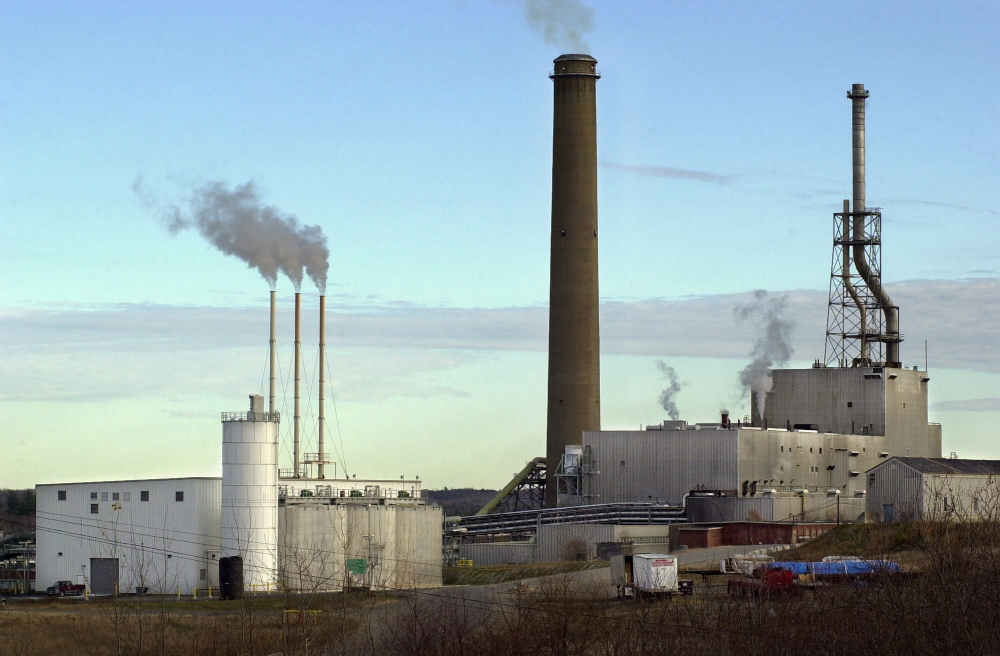
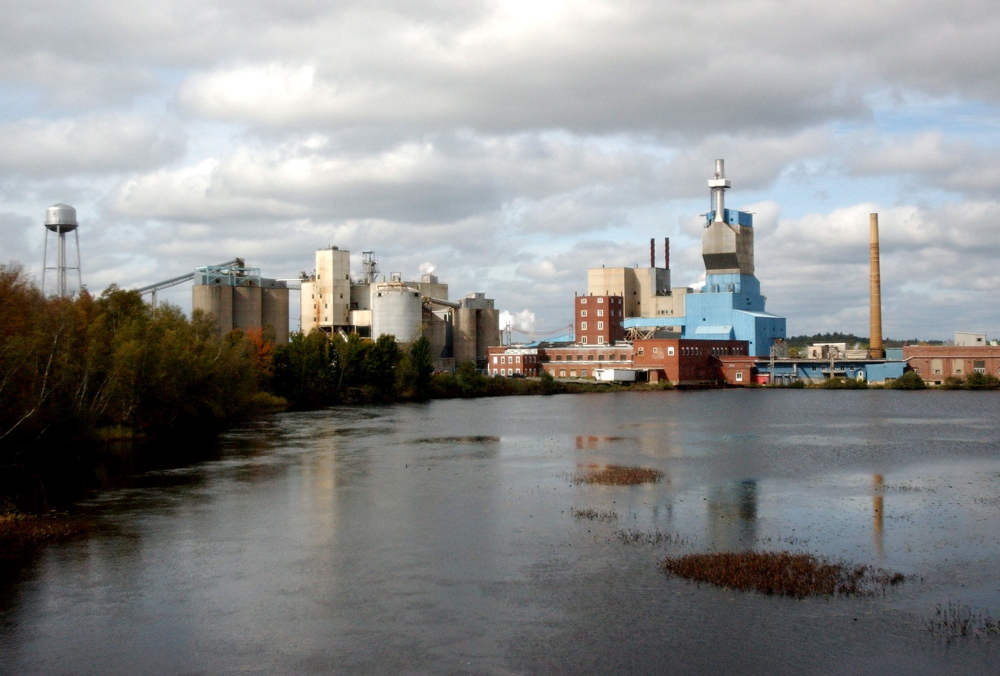
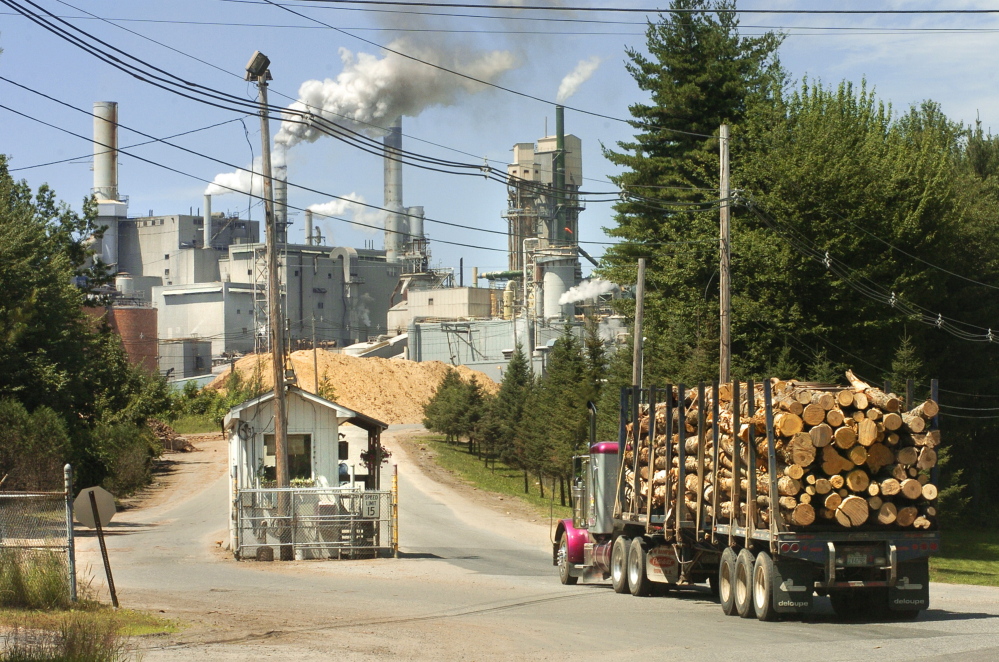
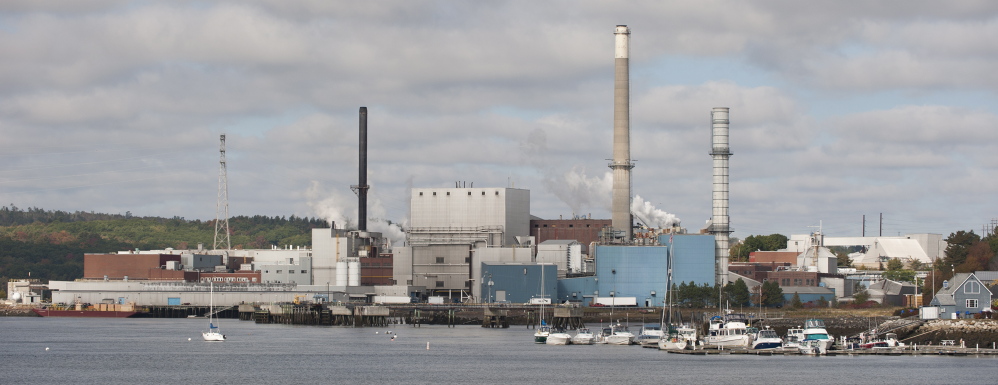
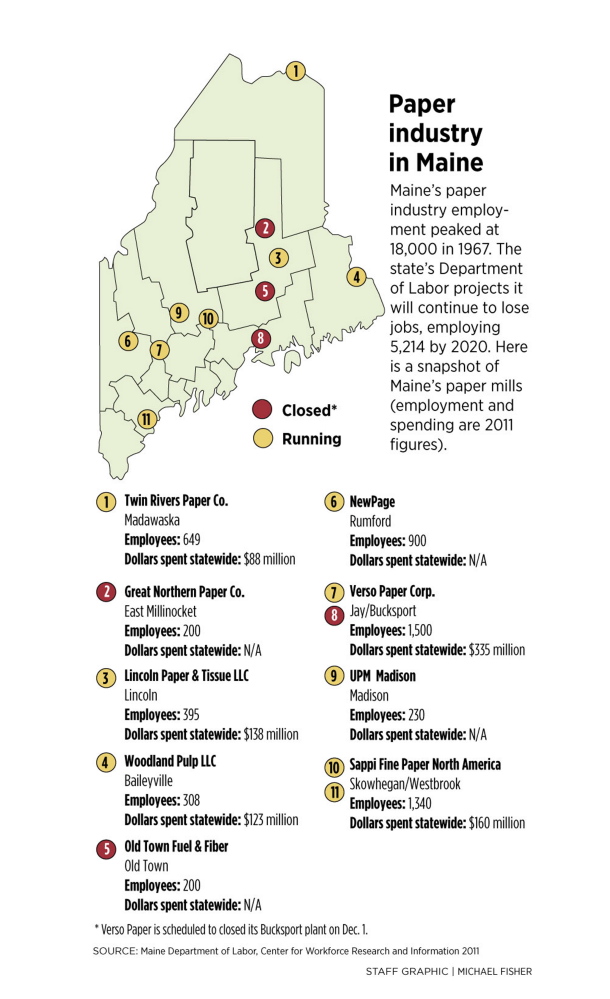

Success. Please wait for the page to reload. If the page does not reload within 5 seconds, please refresh the page.
Enter your email and password to access comments.
Hi, to comment on stories you must . This profile is in addition to your subscription and website login.
Already have a commenting profile? .
Invalid username/password.
Please check your email to confirm and complete your registration.
Only subscribers are eligible to post comments. Please subscribe or login first for digital access. Here’s why.
Use the form below to reset your password. When you've submitted your account email, we will send an email with a reset code.